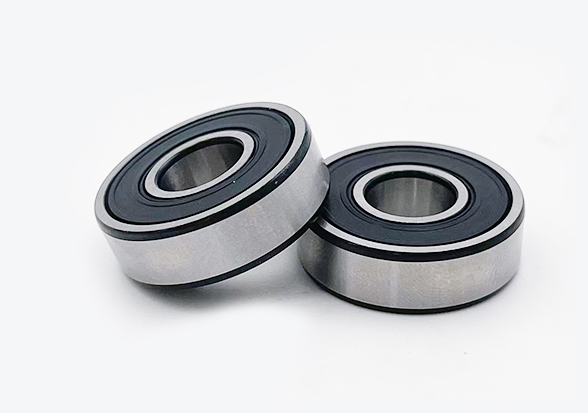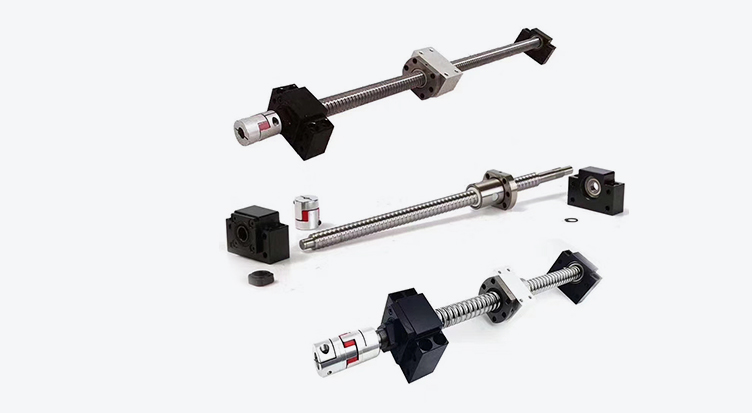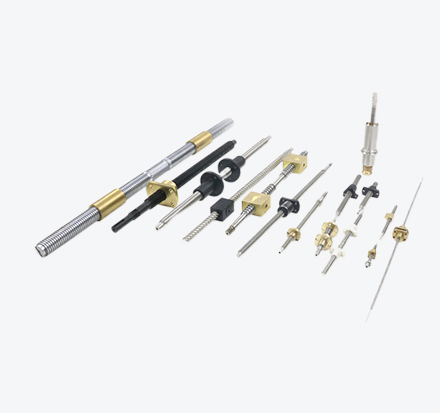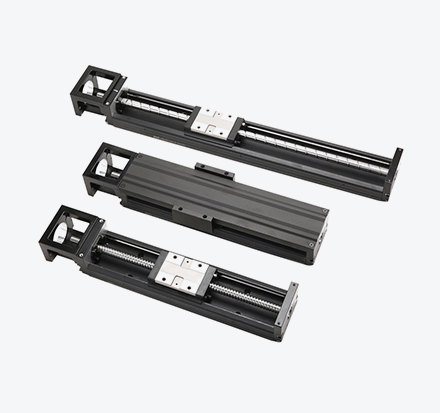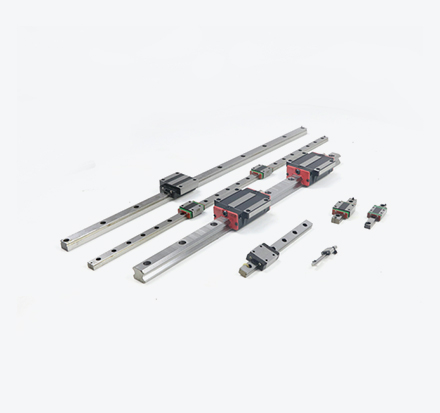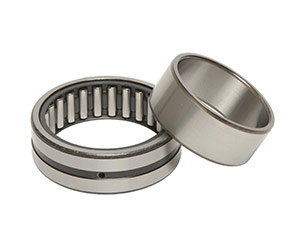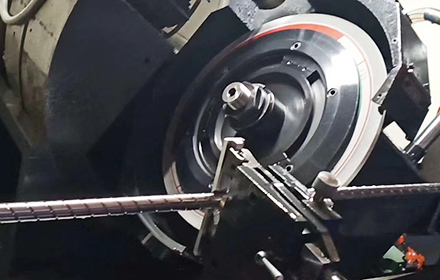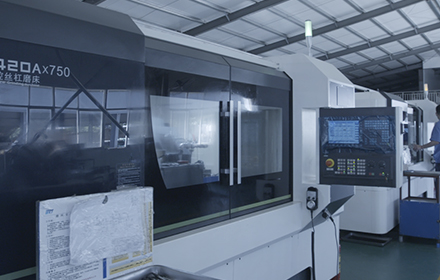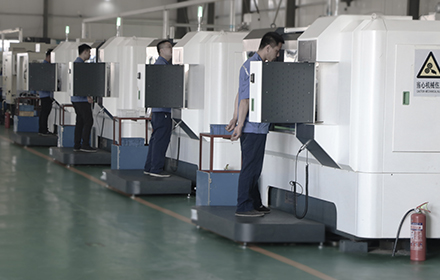1. Understanding needle roller bearings
Needle bearings utilize small cylindrical rollers called needles to reduce friction between moving parts. The needle roller is the load-bearing part of the needle roller bearing. Depending on the bearing design, they are located between two races, between a race and a shaft, or between a shaft and a housing.
Needle roller bearings have a large rolling element bearing surface but a small diameter. Specifically, needle bearings are defined as "roller bearings in which the length of the rollers is at least four times its diameter". The surface area of the rollers and the large number of rolling load-bearing elements provide needle bearings with excellent load-carrying capacity and stiffness. Most radial needle roller bearings are designed to accommodate axial forces exceeding 5% of the radial load. Those used in radial applications have rollers parallel to the axis. Thrust bearings, that is, bearings intended for axial loads, contain rollers whose shafts are perpendicular to the shaft and extend radially from that shaft.
All needle bearings require some type of lubricant to help dissipate heat and reduce friction. The amount of friction depends on the load being carried, the type and size of the needle bearing, the rotational speed of the bearing, and the properties of the lubricant used. Needle bearings, especially those with outer rings made of high-strength steel, also dampen shock and vibration.
2. Understand the components of needle roller bearings
The needle rollers are the load-carrying parts of the bearing and are a common component in all needle roller bearing types. These allow the outer and inner rings to rotate almost frictionlessly. They are most often made of steel alloys.
The raceways are used to guide the rollers within the bearing. Although the inner and outer rings are designed to fit tightly, a necessary minimum clearance is required to account for thermal expansion and other changes. These items are usually made of carbon chromium steel or other alloys for hardness, fatigue resistance and dimensional stability.
Bearing cages have separate rollers to keep the load evenly distributed around the bearing, they also reduce bearing noise, improve rolling conditions and prevent slippage, plus they contain the rollers in a single assembly. Steel is the most commonly used cage material in needle roller bearings. Plastic cages can be used where operating conditions permit. Lubrication and surface treatment can reduce heat generated by friction. Some drawn cup needle roller bearings are designed without a cage and contain integral needle rollers. Full complement bearings combine maximum load carrying capacity with the low cost of drawn cup bearings, in this design inwardly turned lips are used to retain the rollers in the bearing rings.
Seals isolate the rollers, cage and lubricant from contaminants and moisture in harsh environments. Seals must be able to withstand the oxidation, high temperatures and chemicals to which the bearing may be exposed.
 English
English
